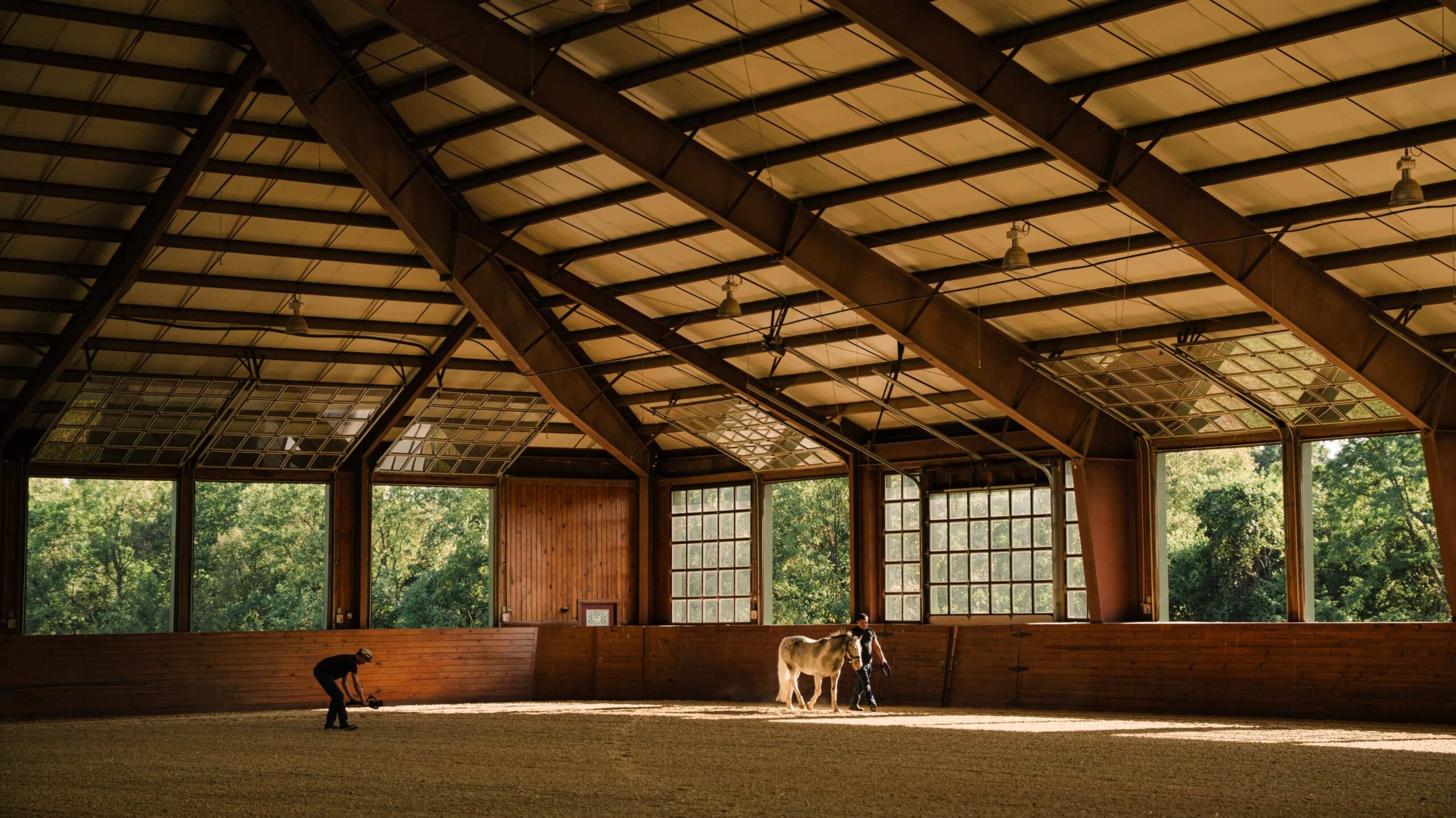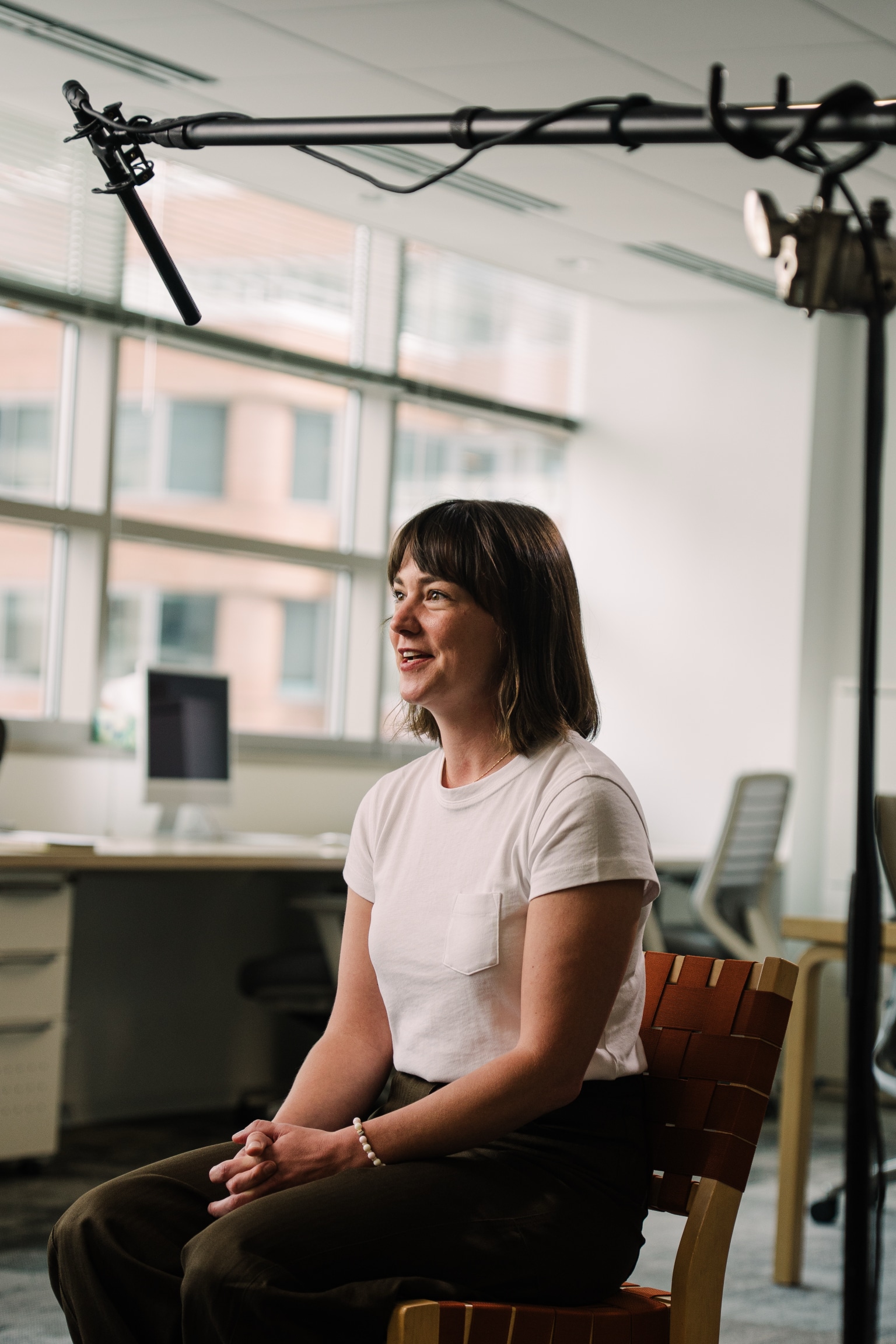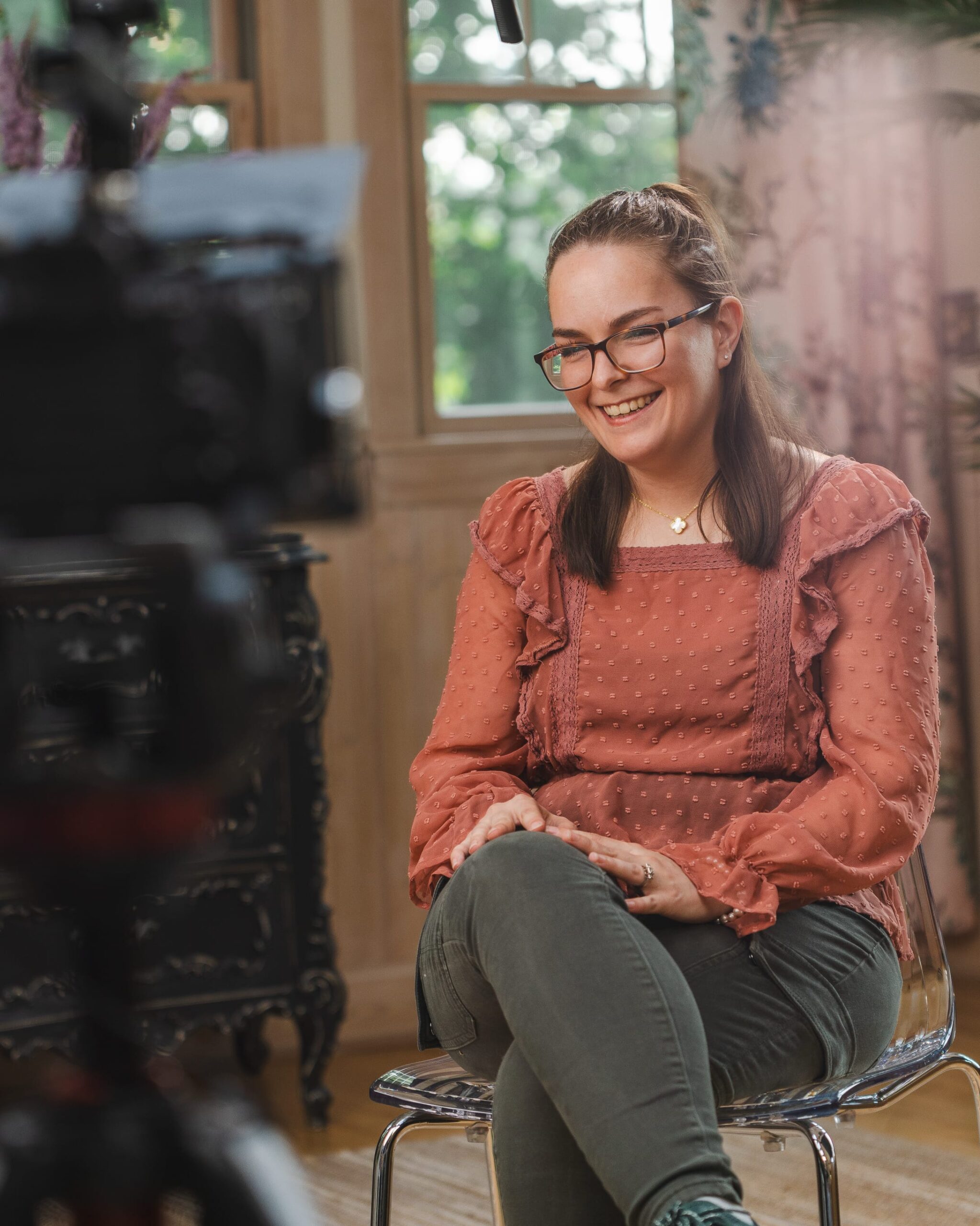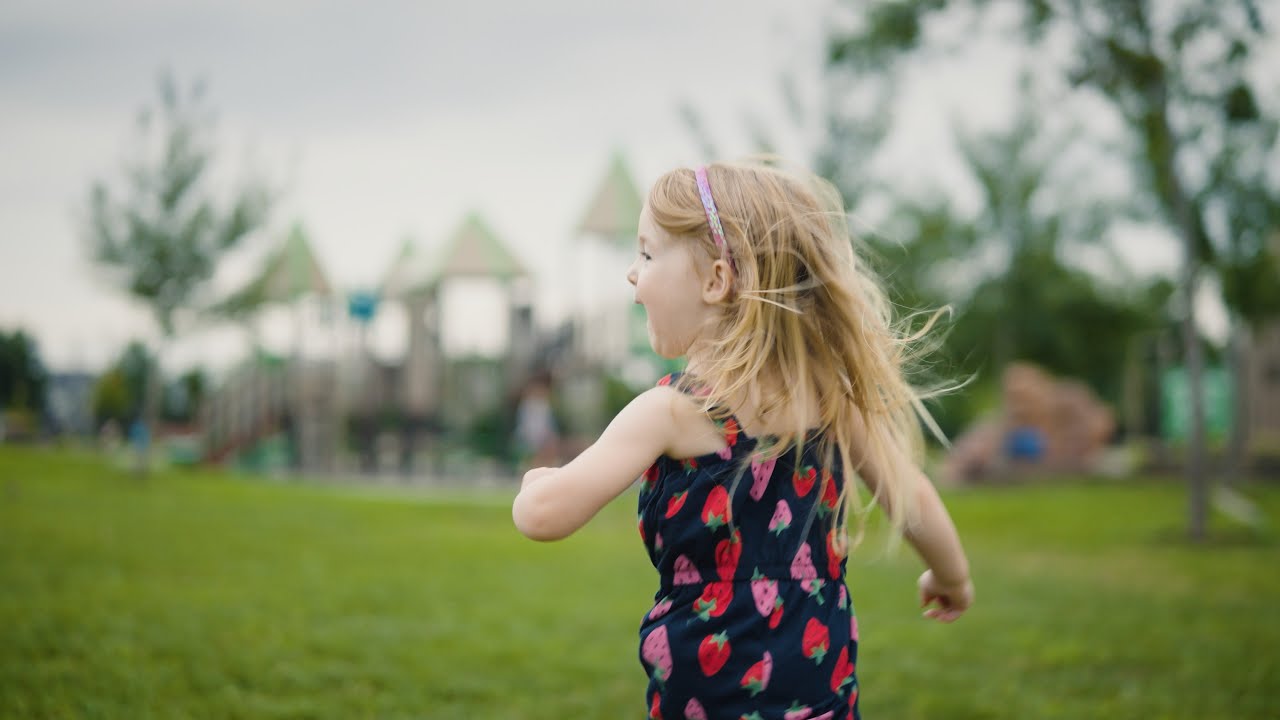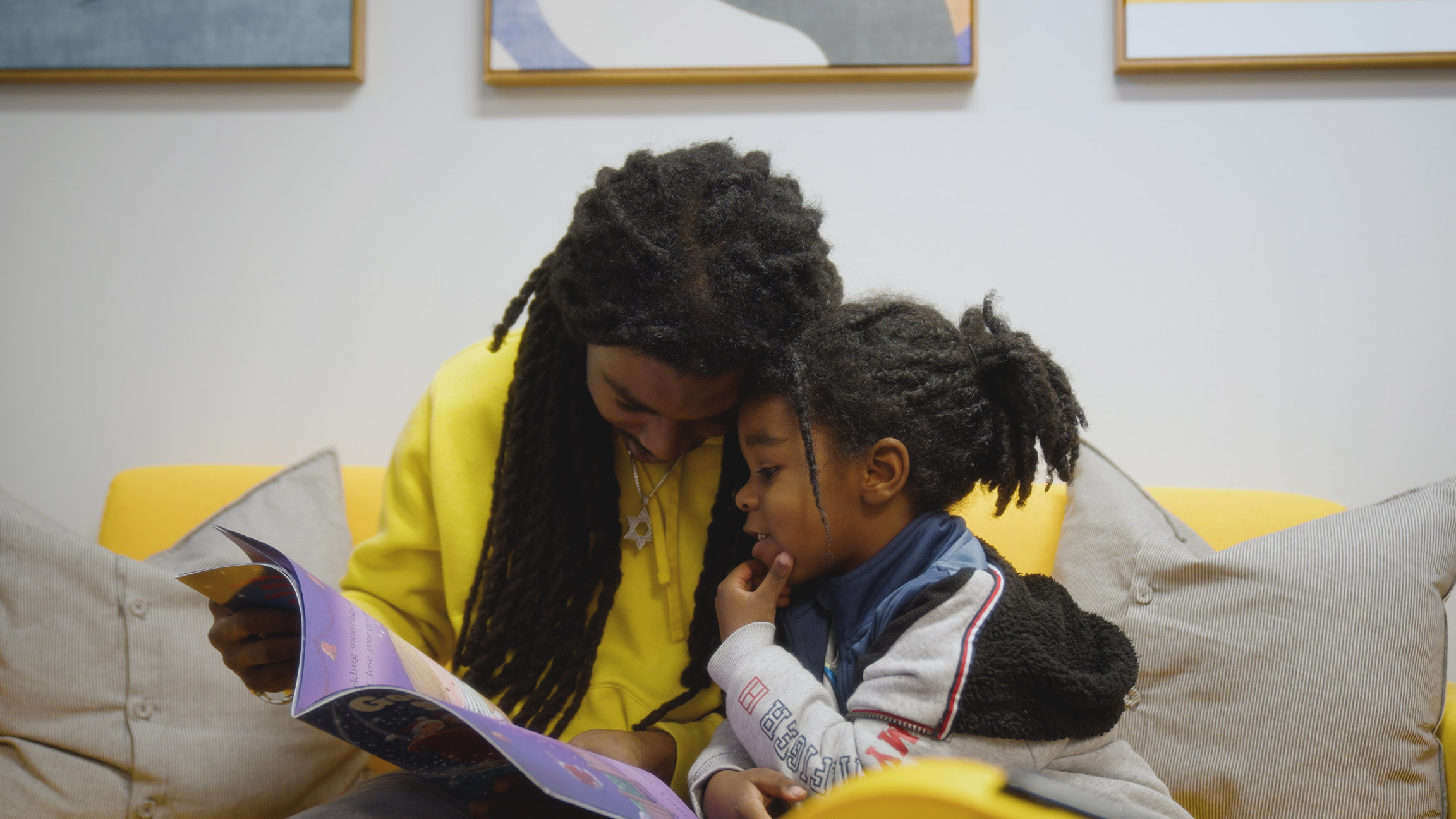Origin
Picture this.
Thousands of years ago, a small group of early humans huddles around a flickering campfire. The night presses in, thick and still, broken only by the crackle of flames and the distant sounds of the wild. One person starts speaking, not with formal words, but with sounds and gestures. The group leans in as the story unfolds, a tale of the day’s hunt. They hear of tracking a wild boar, a close call with a predator (everybody’s favorite part), and the victory of bringing food back to the tribe. No written language, no alphabets. Just the power of shared experience in the glow of firelight.
This was storytelling in its purest form. Before alphabets, there were stories. Painted on cave walls, whispered through myths, and passed from one generation to the next. Storytelling wasn’t just a communication tool, it was the way we made sense of the world.
Early humans understood what we still know today. Our existence depends on forces beyond our control. The wild was full of dangers they couldn’t predict or tame. Stories were their way of building shared meaning from this chaos, giving order to the uncontrollable, and passing on what might keep the group alive another day.
The cave paintings of Lascaux, France aren’t just drawings of animals. They tell stories. Stories of survival, of the connection between humans and nature. The people of Lascaux didn’t paint for fun. Their images passed on knowledge, preserved memories, and gave meaning to a world that was unpredictable and wild. When we look at those painted walls, we aren’t just seeing animals. We’re seeing echoes of shared experience.
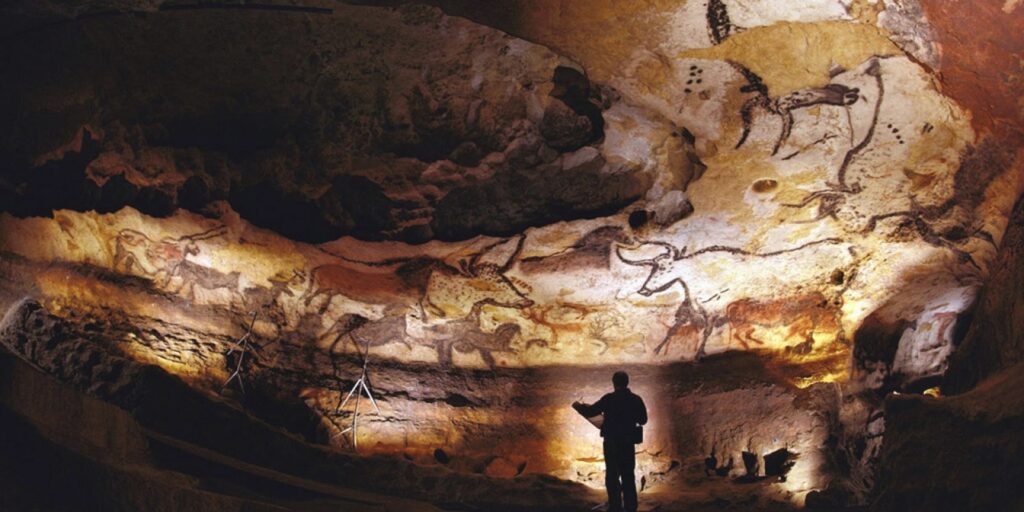
Or think about the oral traditions of early societies. Long before books or scrolls, entire cultures survived by telling stories. People knew when the seasons would change, which plants were safe to eat, how to navigate the land, and how to live together, all through stories. These tales were how people shared lessons learned from danger, celebrated victories, and then exaggerated those victories. Without stories, there would have been no way to connect with ancestors, no way to survive, and definitely no way to figure out who got the best fishing spot.
Storytelling wasn’t just how we shared information, it’s how we communicated our needs, fears, and hopes. It built trust. It created a framework for understanding who we were and our place in the vast, uncertain world. And all of this happened without a single written word. No Wi-Fi, no problem.
Fast-forward to today. We’ve got smartphones, laptops, video cameras, and an entire digital world. But at the core, what we’re doing isn’t so different from those early campfires and cave walls. We’re still trying to connect, to make sense of our experiences, and to share them in a way that means something.
When we talk about storytelling in modern marketing or branding, it’s easy to dismiss it as a trend, a tool businesses use because it’s fashionable. But storytelling is no gimmick. It’s a return to what has always worked. Stories speak directly to our emotions, to the way we’re wired to understand the world. It’s what made us human in the first place.
Before there were words, there were stories.
“Man finds himself living in an aleatory world. His existence involves, to put it bluntly, a gamble. The world is a scene of risk. It is uncertain, unstable, uncannily unstable.”
— John Dewey
READ LATEST
the
we're storyteller studios
documentary-style film for brands & causes
In 2013, we started leveraging the power of documentary-style film for brands and causes in our hometown of Springfield, Illinois (hence our affinity for Lincoln).
Since then, we’ve worked with clients nationally and traveled to cities including Chicago, St. Louis, Kansas City, Indianapolis, Louisville, and Des Moines.
No matter where you are, we’d be honored to serve your brand next.
featured post
3 Must-Have Ingredients for Marketing Videos That Work
Every effective marketing video relies on three essential ingredients that make it resonate with audiences and drive results—discover what they are and how they can make your next video project a success.
